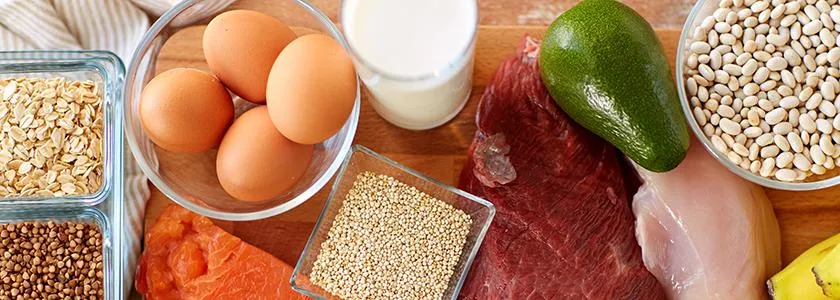Blogs

The Fed and Fasted State
On Lifestyle Matters Saveena and I chatted about the hormonal regulation of the fed and fasted state.
When we eat we ingest carbohydrates, proteins and fats, these are broken down by the digestive system into glucose, amino acids and triglycerides. These substances are then absorbed by the body. Therefore, In the fed state our bodies are full of sugar that needs to go somewhere. Insulin is secreted by the pancreas in response to two signals. Firstly the presence of food in the gastrointestinal tract triggers the gut to secrete incretin hormones (GIP and GLP-1) which in turn triggers the pancreas to secrete insulin. Secondly the presence of glucose in the blood stream also stimulates the pancreas to secrete insulin.
Insulin is the main storage hormone in the body and as such acts to "bring in the harvest. It has three main actions. Therefore, it limits the sugar high that occurs after eating.
It stimulates the liver to convert glucose to starch (also known as glycogen). Secondly it acts to trigger the conversion of amino acids to proteins, and thirdly it stimulates fat cells to convert free fatty acids into fat, a process known as lipogenesis.
When the liver's glycogen stores are saturated then insulin directs excess glucose towards the production of fat, hence insulin is known as the "fat hormone".
After a couple of hours, the glucose rush abates, and our glucose levels drop. We then enter the fasting state. At this point a different hormone comes into play. Glucagon, also secreted by the pancreas, is released in response to a low blood glucose and stimulates the liver to convert its glycogen stores back into glucose. This then maintains the body's constant level of glucose in the fasted state. The liver however has a limited supply of glycogen that can be broken down into glucose. When glycogen stores run out another hormone, growth hormone, acts to trigger fat cells to release their stored energy in the form of glycerol (which can be converted into glucose) and free fatty acids, which can be used as an alternative energy store.
Growth hormone also acts to stimulate protein synthesis, which provides a survival benefit. When we are in a prolonged fasting state growth hormone causes our bodies to preferentially burn fat and preserve muscle, allowing our ancestors to hunt and gather, and allowing us to drive and go shopping.
Therefore, it can be seen the both the highs and lows of glucose as we progress between the fed and fasted state are tightly regulated by the opposing actions of insulin in the fed state and glucagon and growth hormone in the fasting state.
Appetite is also regulated hormonally. Our empty stomachs secrete a hunger hormone, ghrelin which stimulates us to eat. After eating ghrelin secretion reduces. Food then stimulates insulin secretion, which in turn causes our fat cells to secrete leptin which acts to trigger our brains into thinking we are full. Therefore, appetite and glucose is closely regulated by the interaction of hormone sin our body. In obesity however, leptin secretion is increased, but despite the higher levels of leptin circulating in our bodies the leptin signalling is blunted, the body does not recognise the "I am full" message. This lack of satiety messaging, despite higher-than-normal levels of leptin, is known as leptin resistance, one of the hormonal hallmarks of obesity.
View the show on MedHeads

